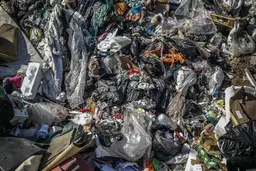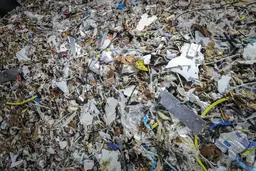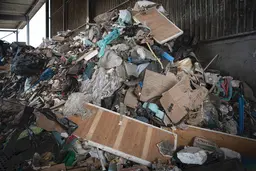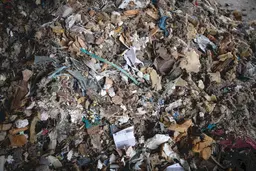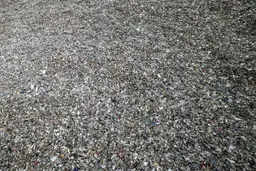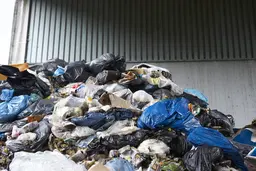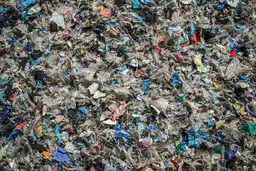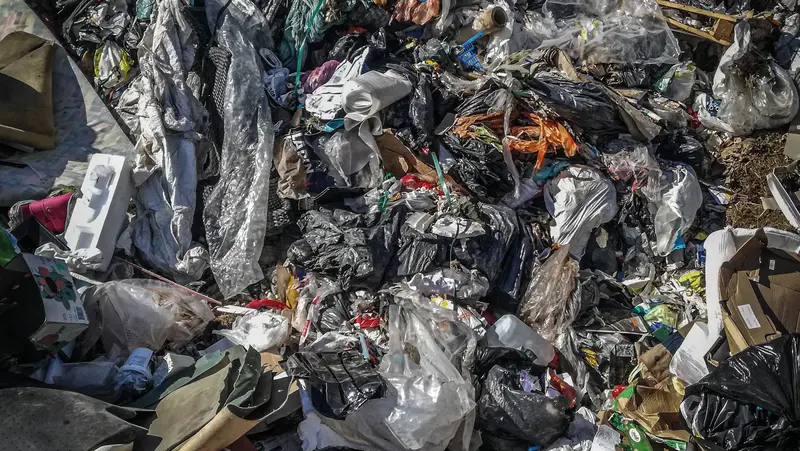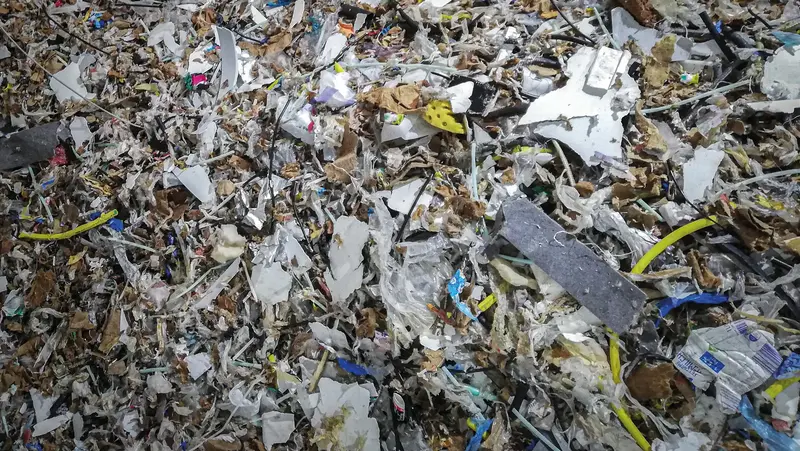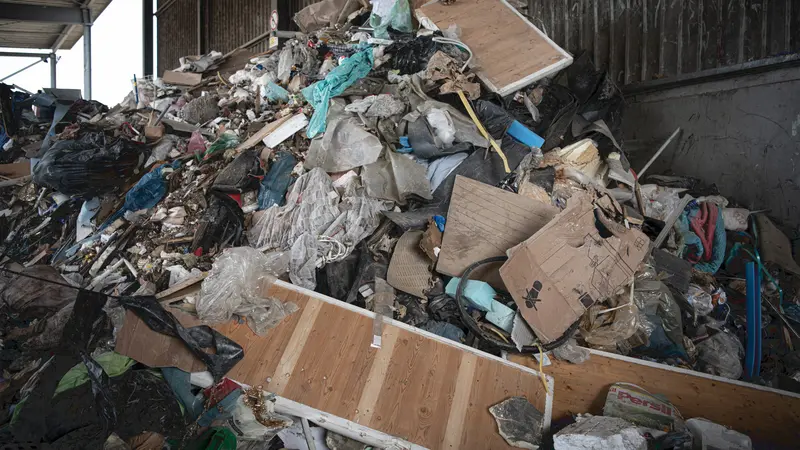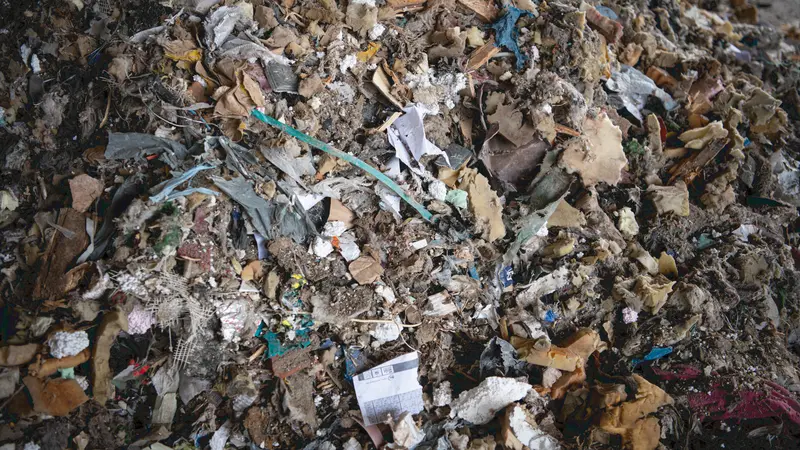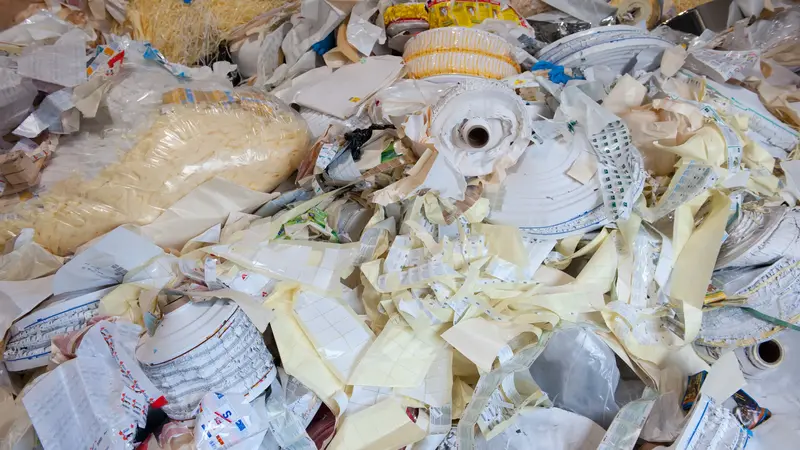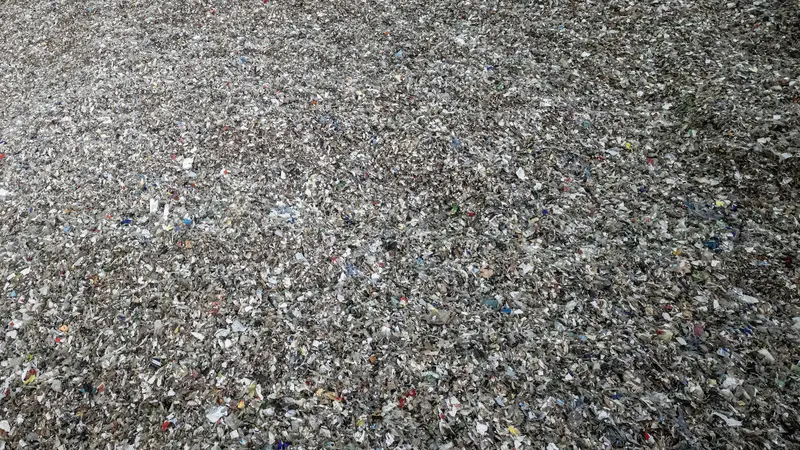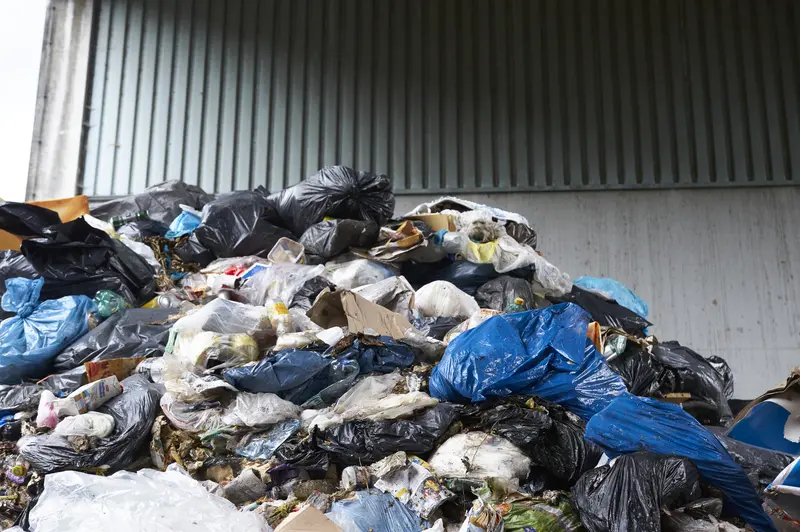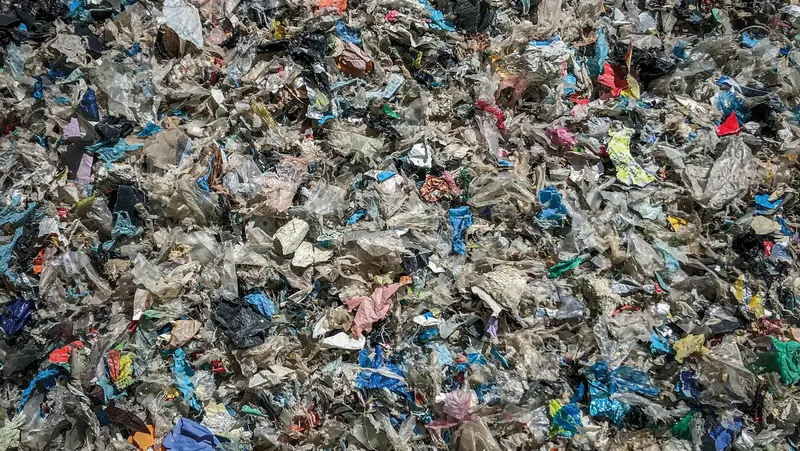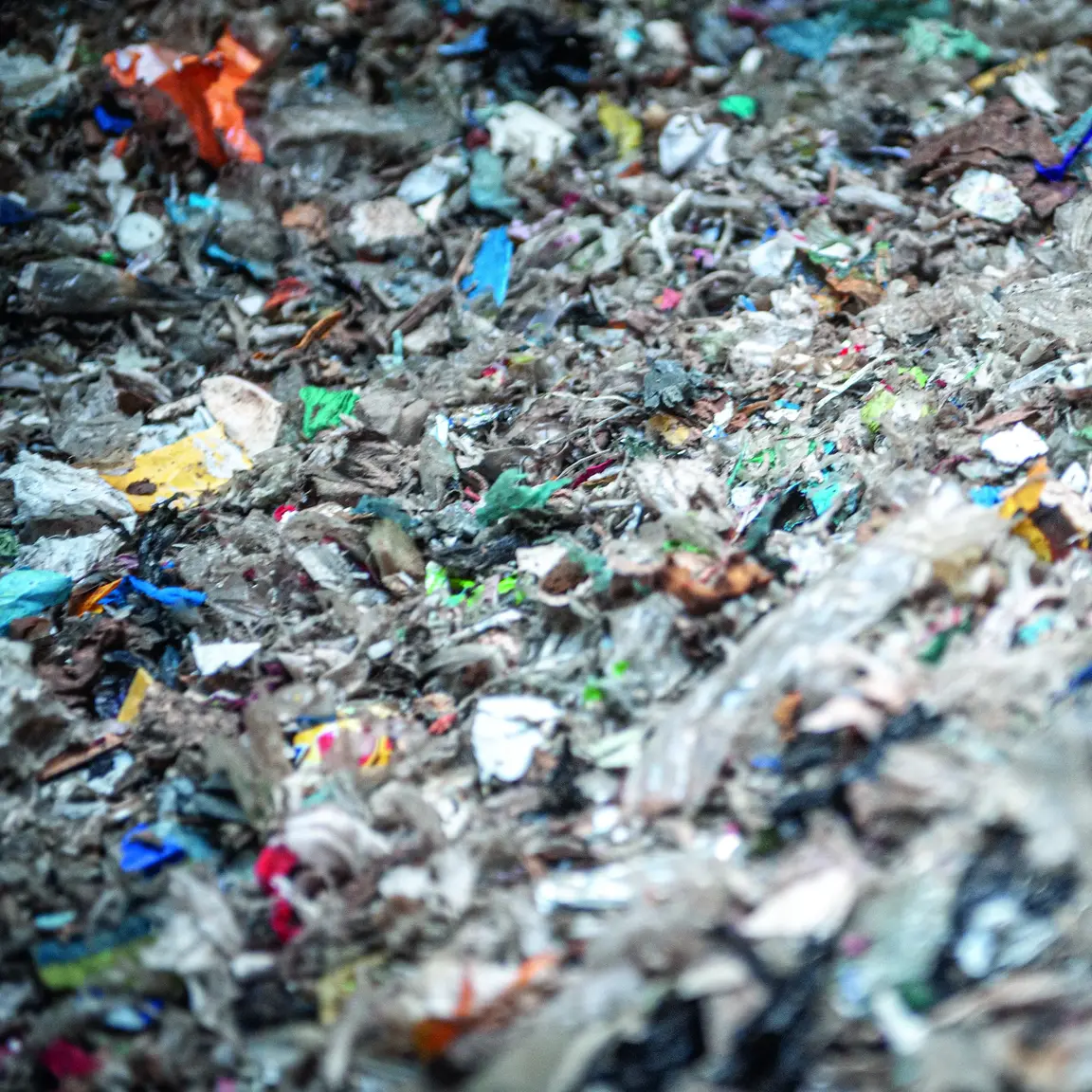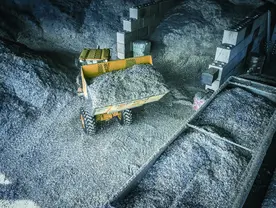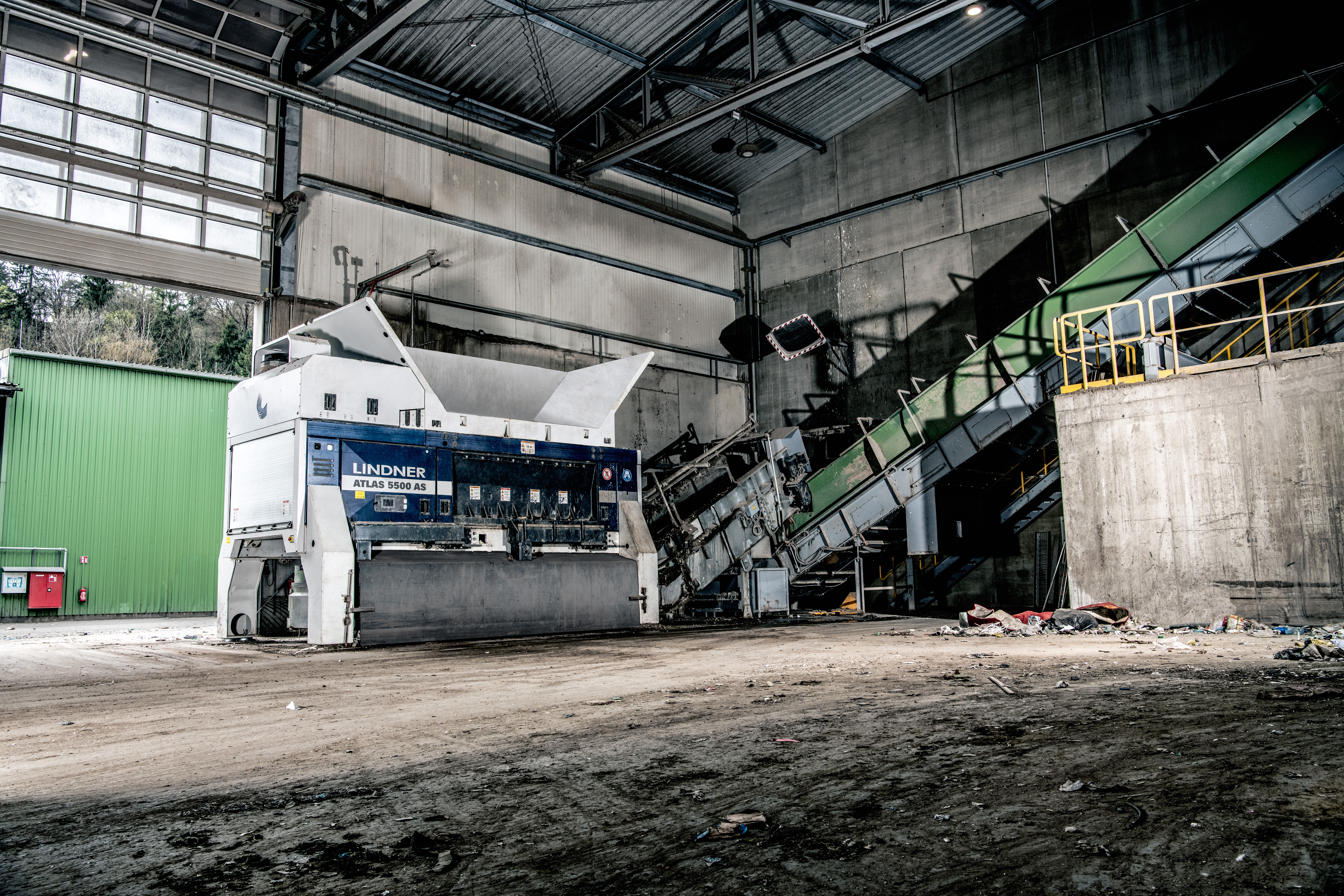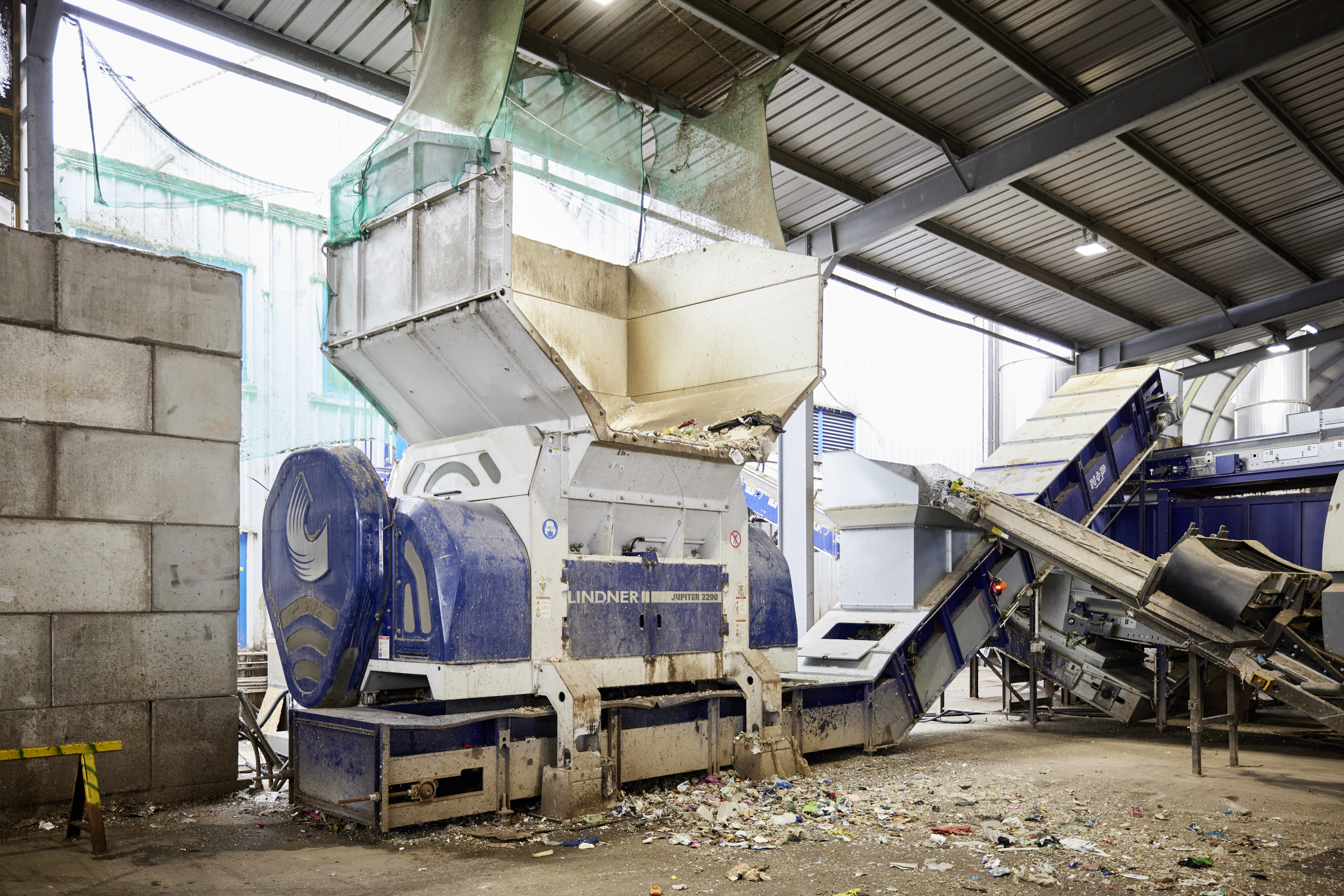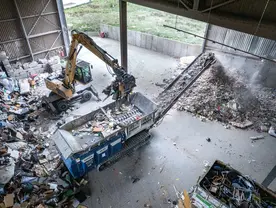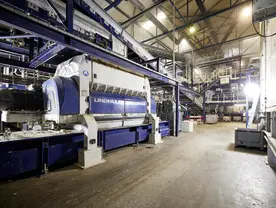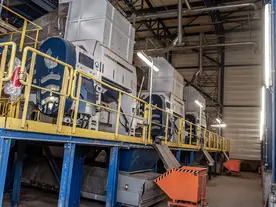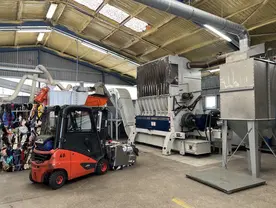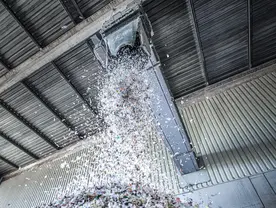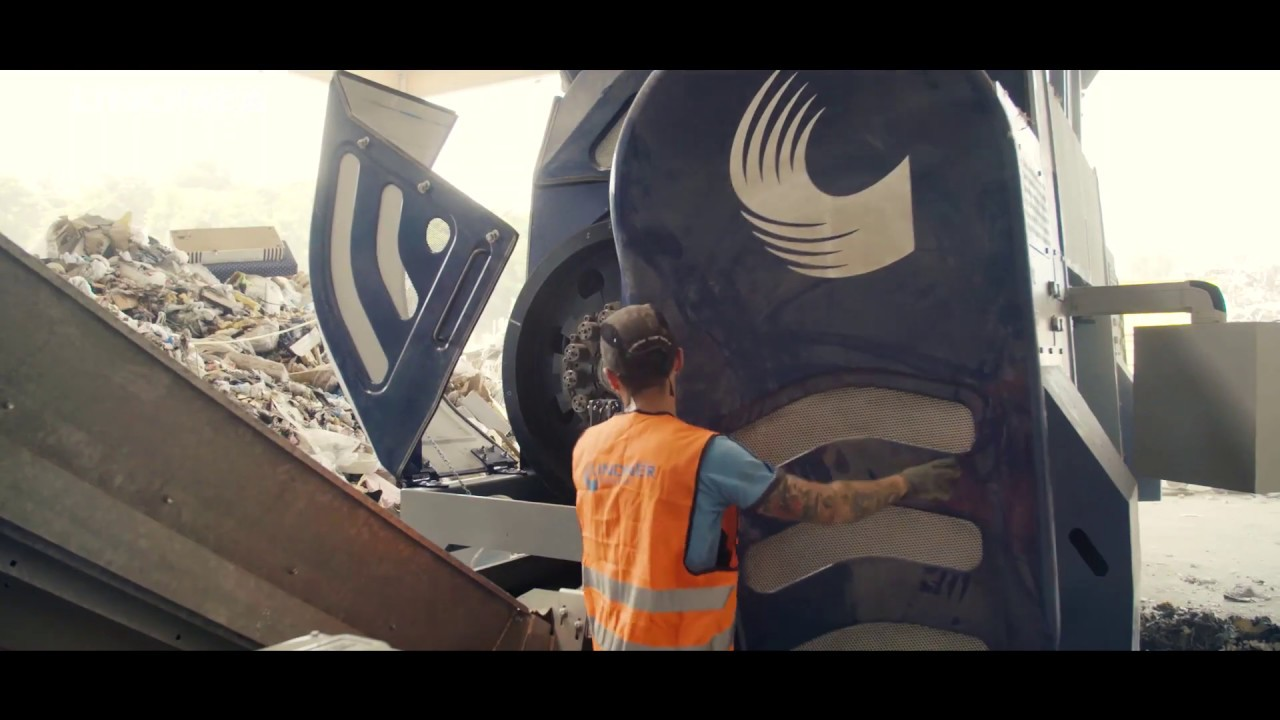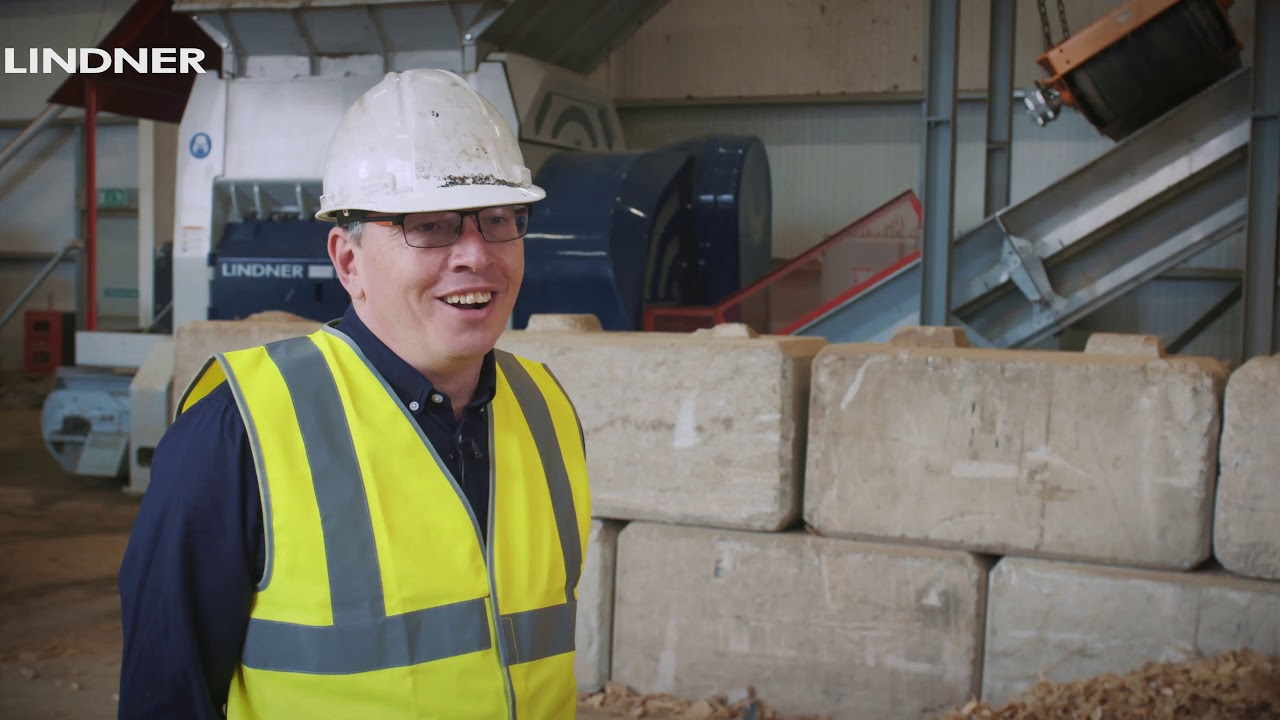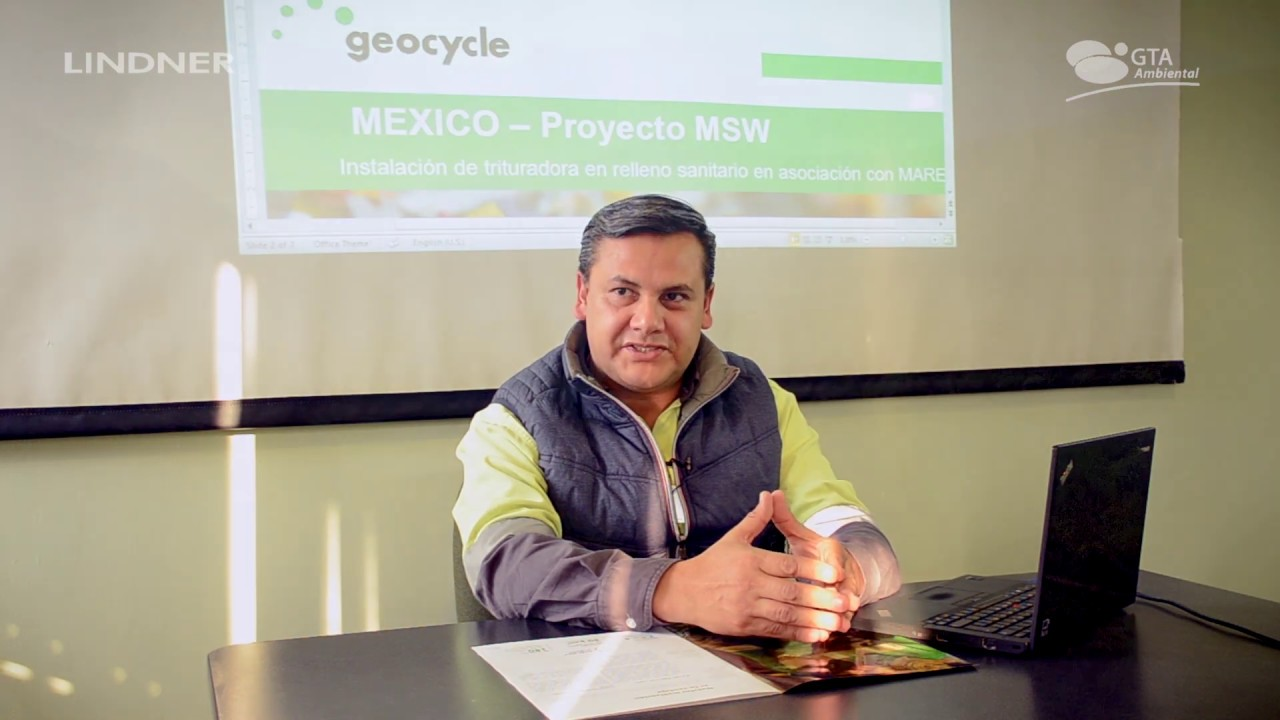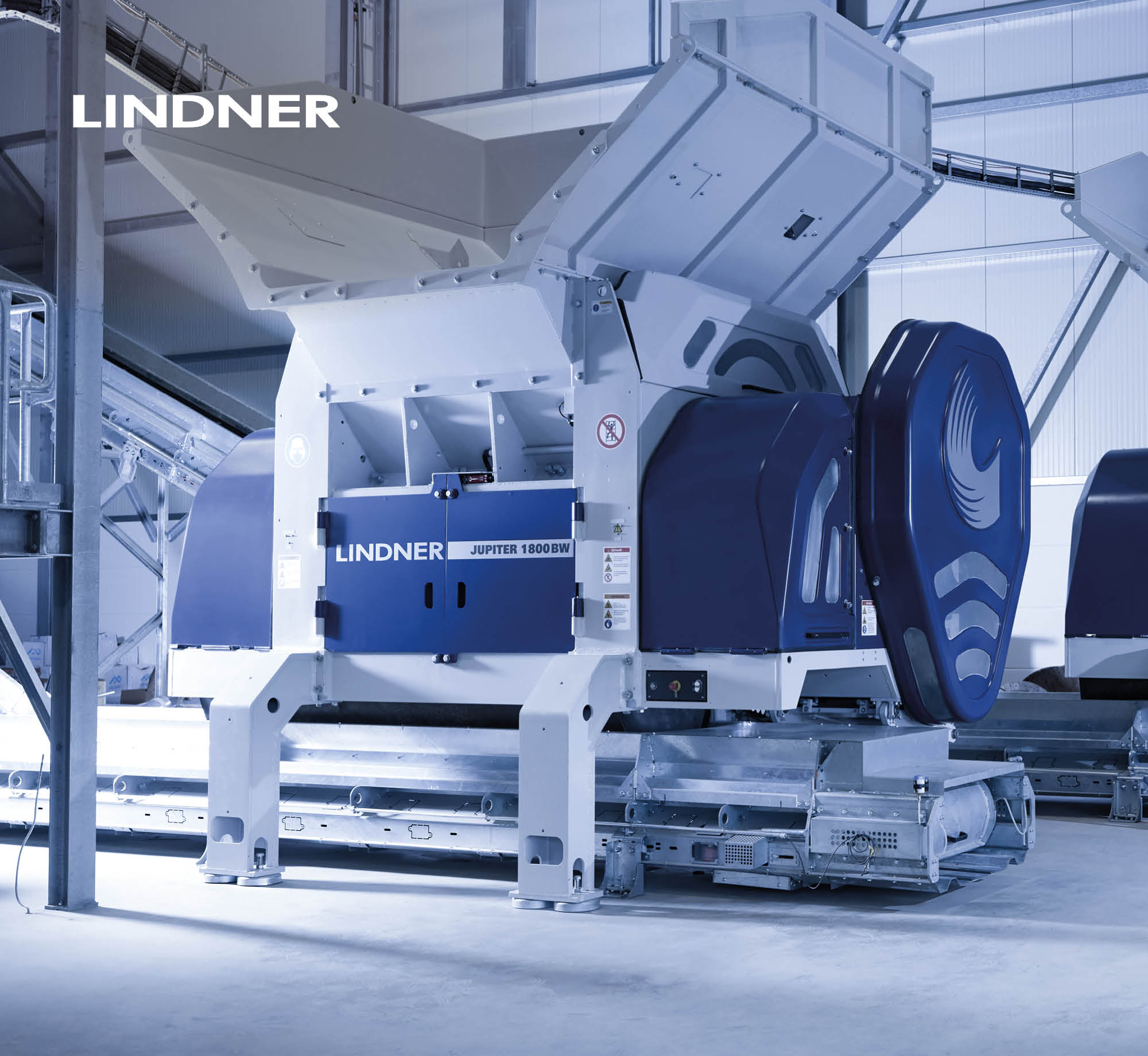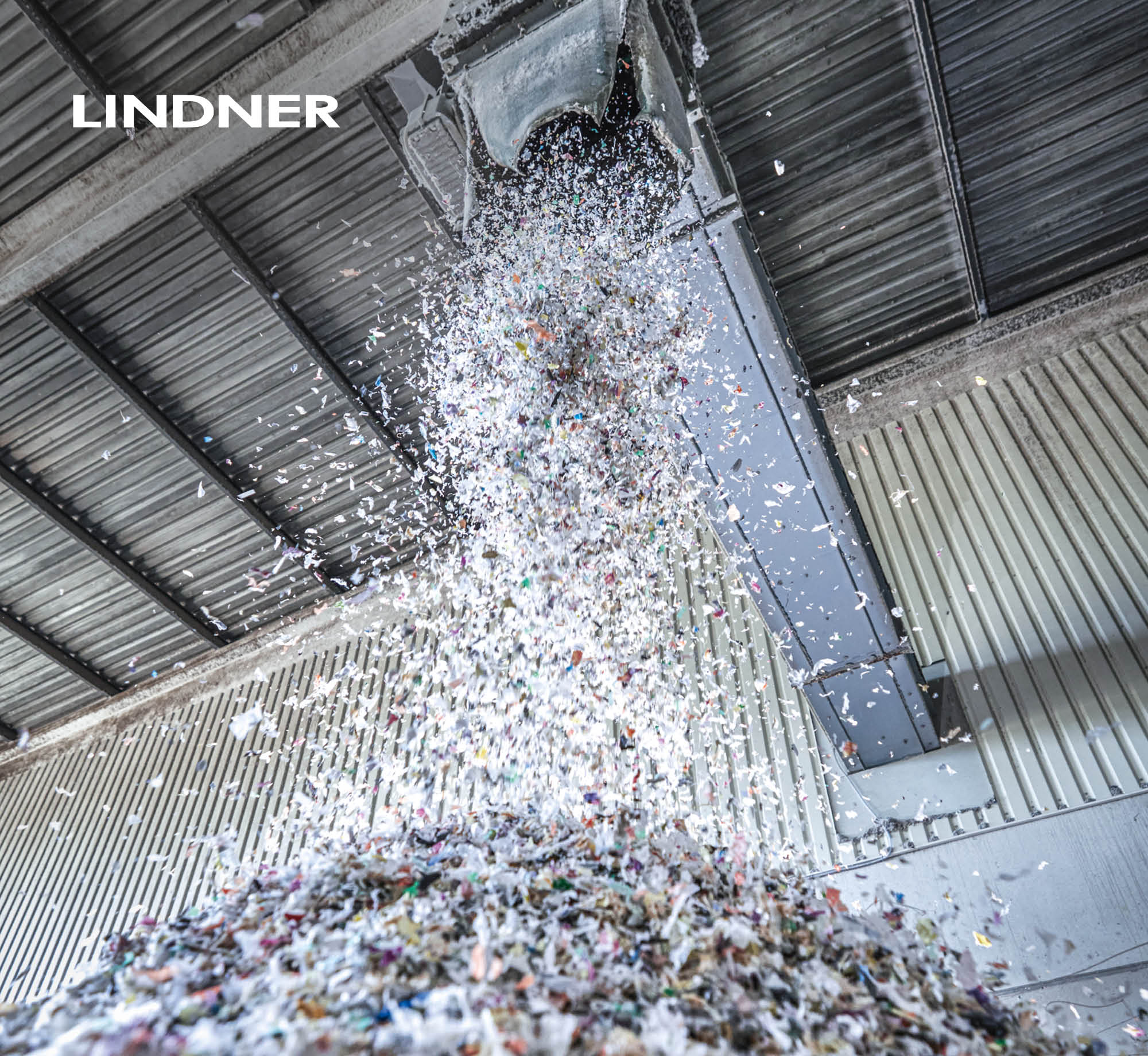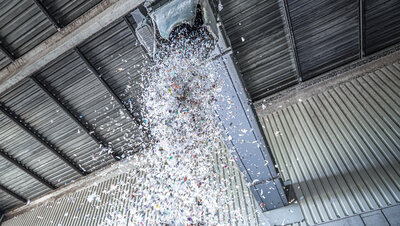
A Proficient One-Step Process.
Depending on the input material, Lindner shredders (Polaris, Jupiter series, Universo) complete the preparation process in a single pass, making short work of waste. This makes the processing process leaner and cheaper than with comparable technology, while maintaining the best material quality.

Connect With Us
Need answers about applications or particle sizes? Reach out today - our specialists are ready to provide support. Together, we'll uncover your perfect solution.
REFUSE-DERIVED FUELS FOR CALCINERS
In addition to the production of high-calorific solid recovered fuels, secondary firing and with it the production of medium-calorific SRF is becoming increasingly important. The coarser particles and the higher percentage of three-dimensional particles create advantages in terms of the processing as well as making simpler processes and facility layouts to produce SRF possible.
Requirements for medium-calorific solid recovered fuels
| Particle size | d95 ≤ 80 [mm] |
|---|---|
| Calorific value | 12 – 18 [MJ/kg] |
| Density | < 250 [kg/m3] |
| Moisture content | < 20 [%] |
The exact requirements may vary depending on the design of the cement kiln.
In contrast to the main burner, the calciner in the cement kiln places lower demands on the quality of the substitute fuel in terms of grain size and calorific value. As only the CO2 bound in the limestone has to be expelled, much lower temperatures are required than in the sintering zone of the rotary kiln (approx. 800 - 900 °C).
Output for use as medium-calorific SRF
Input & Output Materials
